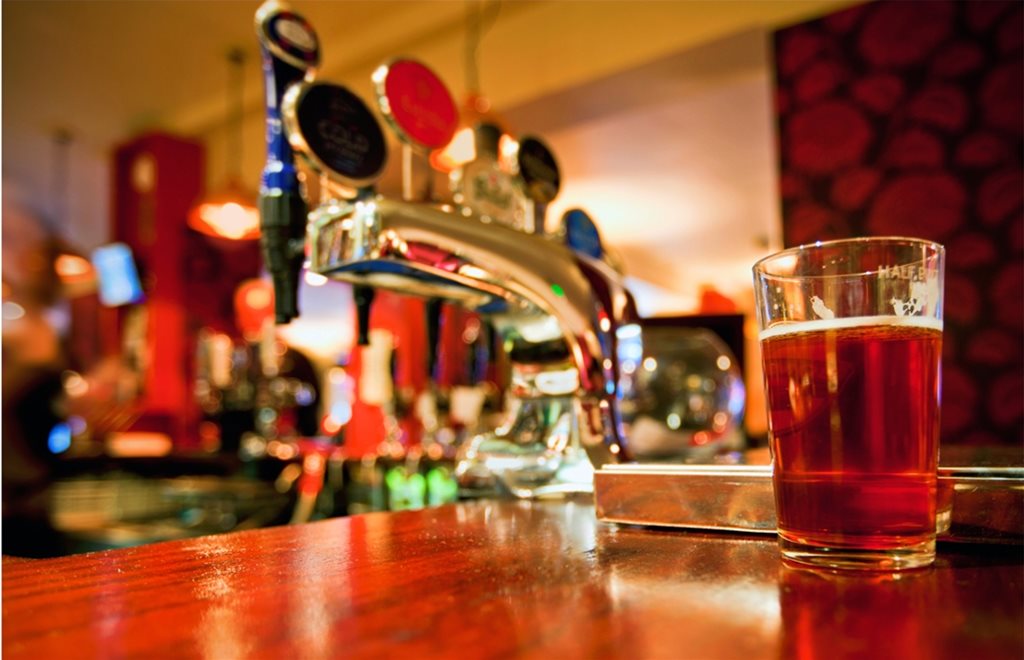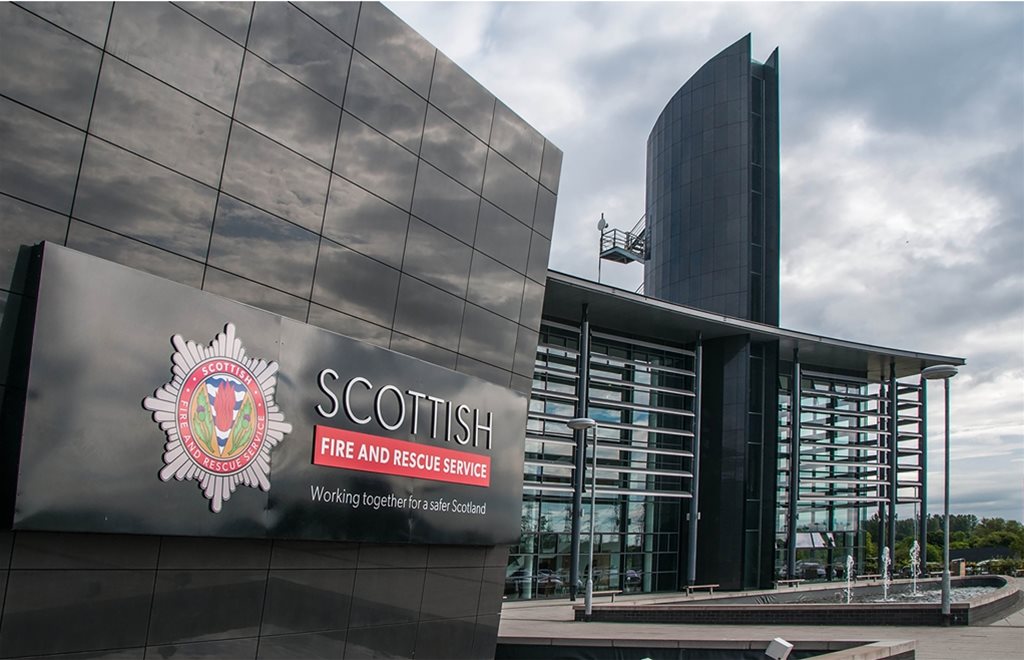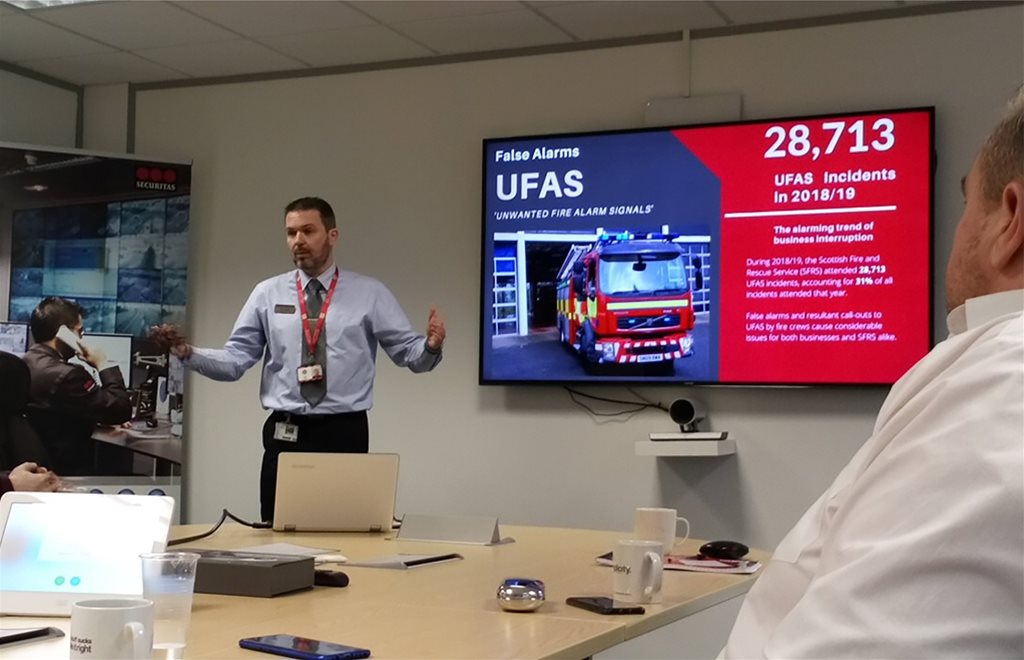Gary Wood reminds owners of licensed venues to take no risks with fire safety, recommending five steps to take for a good fire risk assessment
AS AN owner or operator of a licensed premises, you may need clarity about your responsibilities. These are that the dutyholder or person in control of the premises needs to take the following steps to ensure the safety of persons in or visiting your premises:
- carry out and document a fire safety risk assessment (FSRA)
- if the risk assessment outcomes require it, take the necessary steps to improve fire safety measures
- review the FSRA regularly to maintain its currency
You may be able to carry out the risk assessment yourself, particularly if the premises for which you are responsible is small and straightforward in its internal layout. As a rule, if your premises are of a considerable size or if they include long, unusual or complicated routes to a final exit, you will require more detailed advice on the range of fire safety arrangements you need to consider. If your preference is to have a fire risk assessor carry it out, you remain legally responsible for it.
Risk assessment
An FSRA is a holistic assessment of your premises and those likely to visit, including staff, patrons and external contractors. It is based on the risk of fire breaking out and the measures that you as the dutyholder must ensure are in place, to prevent that fire in the first instance and protect the safety of those visitors, the ‘relevant persons’.
Gold standard
If your premises is subject to a licence enacted upon it, the law states that you must make a written record of the significant findings of the FSRA. Keeping a concise record will save time and effort at the time of review and updating. It will also indicate good practice and proactive management compliance should fire safety officers need to visit your premises. Regular review is essential, preferably annually.
Taking time to carry out an FSRA and act on the findings not only ensures the safety of those within your venue, but also protects your premises and increases the resilience of your business. After all, your venue is a significant financial investment, so it makes perfect sense to protect it as much as possible. After all, there are some licensed premises that never recover following a significant fire incident. It may help you in your endeavours to follow the five steps explained below.
What is a fire hazard?
First of all, consider how a fire could start on your premises. Walk round them, both inside and out and look for hazards. Fire starts when heat comes into contact with fuel (anything that burns) and a supply of oxygen is available. You need to keep heat and fuel apart. With that in mind, look for the following:
- naked flames
- portable heaters
- electrical equipment
- signs of smoking
- matches and ashtrays
- anything else that could emit heat or anything that may cause sparks
If yours is a hotel venue, pay particular attention to kitchens and guest bedrooms, and anywhere where people may smoke or use matches and candles. If your premises is licensed, with no sleeping accommodation, then pay particular attention to areas such as kitchens, store rooms, electrical cupboards (especially if they are located underneath a staircase), and rooms with high fire loading such as spirit stores and beer cellars.
Think about what could burn and how quickly a fire could spread. Laundry materials, curtains, furniture and cooking oil could all burn just like the more obvious fuels and other flammable liquids likely to be found in a licensed venue, such as spirits.
Check outside for fuel too. A common cause of fires in commercial properties is ignition of external refuse – ensure that any refuse stored externally is well away from the building, not up against it in bins or located underneath overhangs or roof eaves. Do not simply consider fire spread – think about whether anything external which catches fire could potentially affect the fire escape route from your premises. Consider your building’s construction – are walls made of brick, hardboard or chipboard? Are there polystyrene tiles on the ceiling, and if so are they located within a main means of escape?

Who is at risk?
Everyone is at risk if there is a fire. You need to think about yourself, your staff, your patrons and anyone else who visits the premises. Some people should be considered to be at an elevated risk compared to others. For example young children, elderly people or people with physical disabilities, mobility issues or cognitive impairments may be particularly at risk and may require specific consideration.
Action plan
By making use of what you have found out in steps one and two, you should now be able to remove or reduce any hazards that you identify.
As an example, could a heat source be knocked or pushed into anything that could ignite? Is the electrical equipment within your premises modern, is it working properly and has it received a portable appliance test (PAT) programme recently? Is your mains wiring in good serviceable condition, and when was your last electrical inspection condition report carried out? Electrical fires are one of the most common causes of fire in commercial premises within the UK.
Now, consider what you need to do if a fire occurs on your premises. How will it be detected, and how will you alert people on site to it?
For instance, do you have an automatic fire detection system? Are the detectors of the correct type and located in the right place? Is the system tested regularly? Can you clearly hear the alarm in each area? If your premises is a hotel, is the alarm loud enough to wake someone who is sleeping in bed? Should you consider installing automatic fire suppression systems (AFSS)?
What action will you take to protect people on your premises, and make sure everyone can find their way out in an emergency? You need to make sure that your staff and patrons know what to do if a fire occurs. Will everyone on the premises be able to find their way out in an emergency? If staff lead or assist in an evacuation, are they well drilled and will they know instinctively what to do? Would any escape routes benefit from emergency escape lighting? Are areas immediately outside final exits clear of obstructions and adequately lit?
Have you practised a fire drill? Do you have equipment to allow someone to put a small fire out, and have staff had any training to allow them to do so safely?

Record, plan and train
In any premises with a licence enacted upon it, a written record is required of the significant findings from your FSRA, which should include the following:
- any fire risks you have identified in step one
- any measures you have implemented to reduce or eliminate those risks
- any additional actions you need to take (use an action plan and define reasonable timescales for completion, signing off and dating actions as they are completed)
Review and revise
Your written FSRA should be viewed as a helpful, living document. It is most definitely not something that should be completed and then forgotten about, and it must be reviewed regularly. The following additional advice may prove to be useful:
- you should review the assessment regularly and, if necessary, update it
- if any changes occur in the way you use your premises, or if the layout changes, the risks may also change
- If any review identifies new risks, you should ensure that you consider and address them to keep your paying guests as safe as possible
The review that you carry out can be as simple as asking yourself whether anything has changed in your venue since the last FSRA was completed. If anything has changed, then you should consider whether this change has impacted in any way upon the assessment. On the other hand, if there have been no changes since your last review, then a separate review sheet within your FSRA that is signed, dated and has the remark ‘no changes’ added to it is sufficient, avoiding any need to entirely redraft the assessment.

COVID-19 effects
In light of the current COVID-19 challenges, if your business is affected by the situation, you should take time to review your FSRA. This could include amending staffing levels to effectively manage evacuation; control of increased stock; managing new staff from other sites in your organisation who may be brought in to cover furloughed or isolating staff, and who might not be aware of the layout of the premises; and even keeping on top of false alarms to prevent unnecessary attendances from the fire and rescue services.
The Scottish Business Resilience Centre (SBRC) is a not for profit organisation which was created to support and protect the business community in Scotland. Partnership is at the core of SBRC, with strong connections to Police Scotland, the Scottish Fire and Rescue Service and the Scottish government. This gives it up to the minute access to the latest information on legislation, criminal trends and threats, allowing it to provide the very best advice to safeguard staff, customers and business. The team itself is made up of seconded police and fire rescue officers, as well as experts in cyber security and the business industry
Gary Wood is senior business resilience officer at SBRC and a fire safety enforcement officer for SFRS